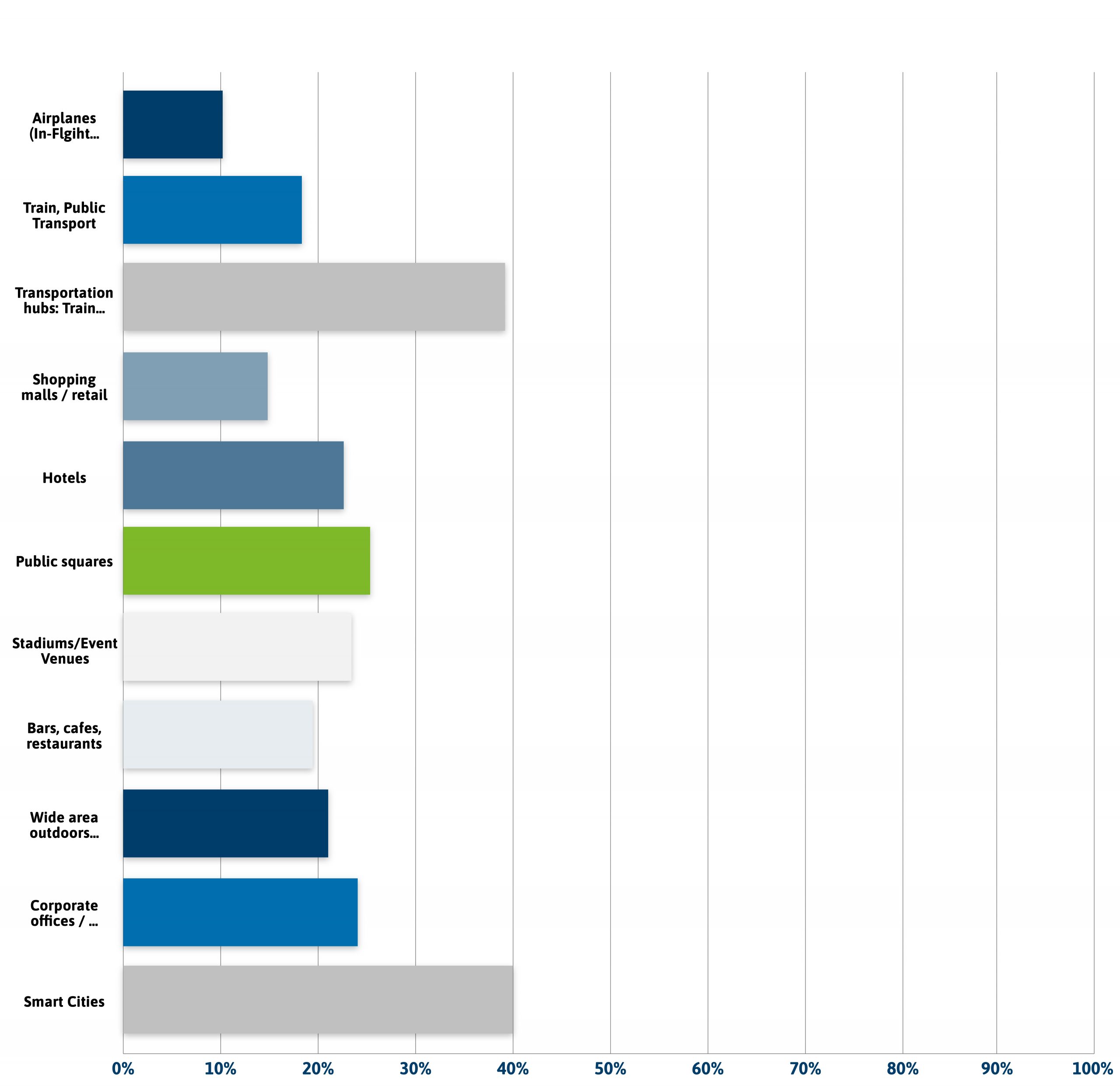WBA cross-industry survey reveals Wi-Fi 7 is top global priority to supercharge Wi-Fi capabilities and drive new IIoT use cases
Wi-Fi 7 is emerging as one of the most important areas of investment in new connectivity technologies. That is one key finding from the latest cross-industry survey of service providers, technology vendors and enterprises by the Wireless Broadband Alliance (WBA), the global industry body dedicated to improving Wi-Fi standards and services.
The findings, released by the WBA as part of the WBA Annual Industry Report 2023, reveal more than a third (33%) of service providers, technology vendors and enterprises already have plans to deploy Wi-Fi 7 by the end of 2023. Wi-Fi 7 will supercharge current Wi-Fi capabilities with new technologies, such as multilink operation and time sensitive networking – ideal for Industry 4.0 applications – while leveraging the 6GHz spectrum dynamically with automatic frequency coordination.
The report also revealed that Wi-Fi 6E has now become the de facto industry standard, with 53% having already deployed the technology and a further 44% already working on plans to adopt Wi-Fi 6E in the next 12-18 months.

Immersive Tech and Quality of Experience Driving Adoption
Uptake of Wi-Fi 6E and Wi-Fi 7 is being driven by a growing appetite for data-intensive, low-latency applications and use cases, from smart cities and immersive technologies such as the future metaverse to Industry 4.0. Newer Wi-Fi technologies offer better scheduling and greater interference management, which respondents to the survey now see as essential in supporting high-quality video, virtual reality (VR), augmented reality (AR) and other advanced consumer experiences.
The report detailed a renewed focus on the quality of experience (QoE) delivered to end-users, with 90% of service providers, equipment manufacturers and enterprises now ranking it as a key differentiator in monetizing their Wi-Fi services. Sixty-one percent of respondents identified services such as high-definition video streaming, AR, VR and potential metaverse applications as key revenue opportunities.

Momentum for WBA OpenRoaming Gathers Pace
Global momentum for WBA OpenRoaming™, which reached a milestone of one million hotspots in early 2022, was also underlined by the report. OpenRoaming enables users to connect automatically and securely to millions of Wi-Fi networks around the world without the need for logins, registrations, or passwords, facilitating “always on” connectivity. Passpoint technology removes the friction usually associated with onboarding and offboarding between hotspots. Sixty-two percent of service providers, equipment manufacturers and enterprises worldwide will have already deployed Passpoint/OpenRoaming technology or are planning to do so by the end of 2023. A further 25% are expected to deploy the technology by 2025.
Among those adopting OpenRoaming, 51% said the key driver was improving the overall customer experience.

Convergence is Critical
Other key findings from the report reinforce the need for convergence between Wi-Fi and cellular technologies in the interests of creating a seamless user experience:
· In enterprise markets, 70% said Wi-Fi and 5G will coexist, with 61% claiming convergence would support enhanced flexibility for enterprise services
· 53% said that convergence between licensed and unlicensed technologies was critical or important for the current commercial strategy
Tiago Rodrigues, CEO of the Wireless Broadband Alliance, said: “What we’re seeing here is the industry at large identifying increasing value in Wi-Fi technology in the wake of highly anticipated new use cases. What’s more, service providers, equipment manufacturers and enterprises around the world know that those use cases are best served in a converged environment, where Wi-Fi and 5G complement each other. Therefore, we’re seeing the industry advance at breakneck pace toward Wi-Fi 7, with mobile operators leveraging Wi-Fi as part of their 5G strategies to maximize coverage and optimize capacity – it’s all about the user experience. This includes how people and things connect to the networks – automatically, securely and with privacy assured and that is where OpenRoaming provides the essential ingredient.”
Adlane Fellah, Senior Analyst Maravedis, said: “Ensuring a predictable quality Wi-Fi experience has become the main driver of innovation and collaboration in the industry. In a post-pandemic world, consumers and businesses expect more from Wi-Fi and rely on it more than ever. Immersive experiences, low latency applications and seamless roaming will drive the Wi-Fi industry for the foreseeable future.”
About the Annual Industry Report
The 60-page 2023 Wi-Fi Market Report, written by Analysts, Maravedis and Rethink, and published by the Wireless Broadband Alliance, is available for download at https://wballiance.com/
In addition, it charts the progress of technology trends and developments including standards evolution, OpenRoaming, Mesh Wi-Fi, and Mobile Edge Computing.


